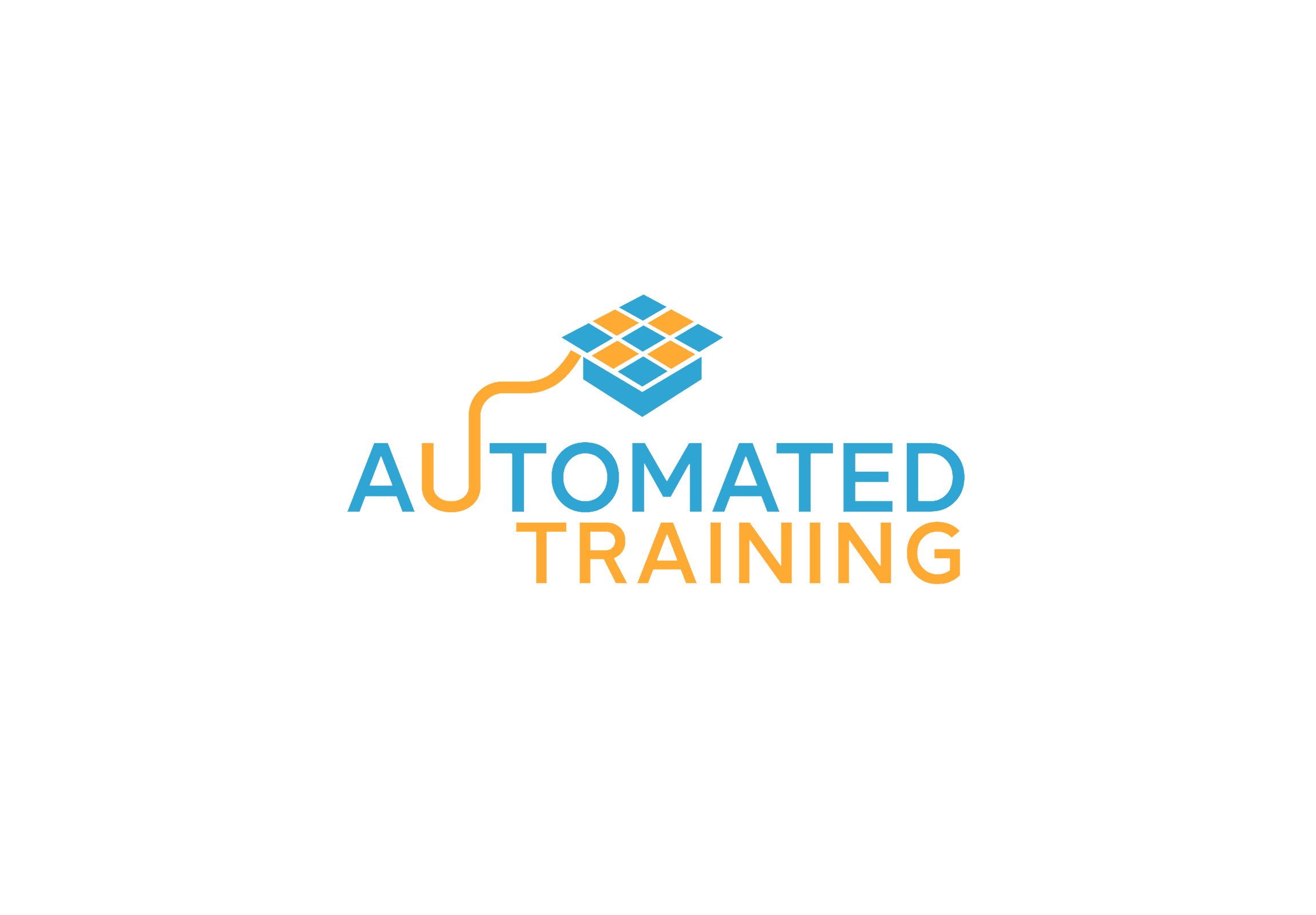It’s no secret that motivated employees are the catalysts for innovation, productivity, and ultimately, achieving extraordinary results.
But how can you tap into that wellspring of motivation and inspire your team to go above and beyond?
Expectancy theory is one of the most widely accepted theories in motivation psychology. The expectancy theory is a motivation theory that suggests individuals make decisions based on anticipated outcomes and the belief that their actions will lead to desired consequences. It is based on three essential components: expectancy, instrumentality, and valence.
Understanding the three components of expectancy theory
Expectancy relates to the perceived link between effort and performance.
Expectancy, in its simplest form, refers to the belief that a particular result is likely to occur based on one’s actions or circumstances. It is a cognitive process that affects how people approach and engage with the world around them, shaping their behavior, attitudes, and aspirations.
Expectancy can be positive or negative, depending on the individual’s perception of their abilities and the likelihood of success. Positive expectancy is associated with confidence, motivation, and persistence in pursuing goals, while negative expectancy often leads to self-doubt, anxiety, and avoidance. Therefore, it is essential to cultivate positive expectancy by setting realistic and achievable goals, building self-efficacy, and focusing on the potential for growth and improvement.
Instrumentality refers to the association between performance and rewards.
Instrumentality refers to the extent to which people believe that their efforts will lead to desired outcomes. It is an important concept in motivation theory as it influences people’s behavior, goals, and expectations.
When individuals perceive that their actions can lead to a specific result, they are likely to put in more effort and remain motivated to achieve that outcome. For instance, if an employee believes that their hard work and dedication will lead to a promotion, they are more likely to work hard than someone who does not believe in the connection between their effort and the reward.
Instrumentality can also be affected by factors such as the perceived difficulty of the task and the level of control an individual has over the outcome. A high level of instrumentality can lead to increased motivation, better performance, and greater job satisfaction.
Valence, in turn, deals with an individual’s beliefs and values regarding the rewards being offered.
In essence, expectancy theory suggests that people are most likely to be motivated when they see a clear link between their effort, their performance, and the rewards they stand to receive. Understanding this theory can be beneficial for leaders and managers, as it allows them to craft motivational strategies that are more likely to inspire and incentivize their employees.
When all three components are high, an employee is said to be highly motivated. The expectancy theory can help managers identify the factors that influence employee motivation and ensure their expectations align with the organization’s goals.
By understanding what motivates their employees, managers can design reward systems and set goals that increase job satisfaction and performance.
But what motivates employees?
Is money the highest motivator?
Money is often considered a significant motivator for employees, as it provides financial security and the ability to meet one’s basic needs and desires. However, it is important to note that money is not always the highest or sole motivation for employees.
Numerous studies have indicated that while money can contribute to motivation, its influence on job satisfaction and overall motivation may diminish over time. Once employees’ basic financial needs are met, other factors such as a positive work environment, opportunities for personal development, autonomy, and a sense of meaning become more significant. Maslow’s hierarchy of needs explains this concept and also how our needs evolve.
And the fact that money is not the highest motivator, is also nicely justified by Maslow:
“It is quite true that man lives by bread alone — when there is no bread. But what happens to man’s desires when there is plenty of bread and when his belly is chronically filled?” (Maslow, 1943)
Different individuals have varying motivations, and factors such as job satisfaction, work-life balance, career growth opportunities, recognition, and a sense of purpose can also play crucial roles in motivating employees.
What are the strategies to motivate employees?
Here are some strategies that organizations can employ to enhance learning motivation based on expectancy theory:
1.Provide opportunities for growth and advancement
Providing resources and tools for learning is an essential aspect of education. With the right resources and tools, employees can develop their skills and abilities, which can help them achieve their career goals.
These resources must include online courses or digital trainings. Because they enable employees to learn at their own pace and convenience, thereby increasing overall retention and effectiveness. Group learning and group discussions, because those foster active engagement among participants. When employees actively participate in group activities, they become more deeply involved in the learning process. This active engagement enhances knowledge retention and promotes a better understanding of the subject matter. Group discussions provide a platform for employees to construct meaning from the information they receive.
And finally, mentorship, personal coaching sessions, workshops, and hands-on, because those provide employees with one-on-one attention and support tailored to their specific needs and goals. This individualized approach allows for a deeper understanding of each employee’s strengths, weaknesses, and areas for improvement. It enables the coach to provide personalized guidance, feedback, and strategies to help employees reach their full potential.
The availability of resources and tools enhances the quality of learning, making it more engaging, interactive, and enjoyable. In conclusion, providing resources and tools for learning is a crucial step in promoting mastery and preparing employees for success in their careers.
2.Link learning to performance improvement
 Clearly communicate to employees how the knowledge and skills acquired through training will directly contribute to their job performance. Emphasize how learning new information or acquiring new skills will enhance their abilities to achieve their goals and succeed in their roles. When employees see a clear connection between learning and improved performance, they are more likely to be motivated to engage in training.
Clearly communicate to employees how the knowledge and skills acquired through training will directly contribute to their job performance. Emphasize how learning new information or acquiring new skills will enhance their abilities to achieve their goals and succeed in their roles. When employees see a clear connection between learning and improved performance, they are more likely to be motivated to engage in training.
Here are some methods to establish this connection, but in order to achieve the desired success those methods have to be included already in the training strategy. Strategy is the secret. This is why you need a training strategy for each team, and each department.
Clear Learning Objectives: Set clear learning objectives that align with the desired performance outcomes. Clearly define what employees should be able to do or achieve as a result of the training. This provides a specific target for both the learners and the trainers, allowing them to focus on the skills and knowledge that directly impact performance.
Practical Application Exercises: Incorporate practical application exercises within the training program. These exercises should simulate real-life scenarios and challenges that employees encounter in their roles not generic examples. By actively engaging employees in applying what they’ve learned to solve problems or complete tasks, they can directly connect the training content to their job responsibilities.
On-The-Job Training and Shadowing: Provide opportunities for on-the-job training and shadowing experiences. This allows employees to observe and learn from more experienced colleagues, putting the learned concepts into practice in a real work environment. The hands-on experience reinforces learning and bridges the gap between theory and application. This concept is based on observational learning (and mirror neurons).
Performance Feedback and Coaching: Regularly provide performance feedback and coaching to employees after the training. Managers and supervisors should observe employees’ performance, provide constructive feedback, and offer guidance on how to further enhance their skills. This ongoing support helps employees identify areas for improvement and make adjustments to optimize their performance.
Performance Metrics and Evaluation: Establish performance metrics or key performance indicators (KPIs) that directly relate to the training objectives. Regularly evaluate employees’ performance against these metrics to assess the impact of the training on their job performance. This evaluation provides valuable data on the effectiveness of the training program and informs future improvements.
Continuous Reinforcement and Follow-Up: Learning should not be a one-time event. Implement continuous reinforcement activities, such as refresher sessions, follow-up discussions, or microlearning modules, to reinforce the training concepts and sustain knowledge retention. Regularly revisit the training content and provide opportunities for employees to refresh their skills and stay up to date, which is possible only with digital trainings.
3.Set specific and challenging learning goals
Employees should have clear learning objectives and goals that are specific, measurable, achievable, relevant, and time-bound (SMART goals). This provides them with a clear target to work towards and helps them focus their efforts. Challenging goals can inspire employees to push themselves and invest in learning activities to accomplish those goals.
The method here is to create of a learning journey together with a learning map. Creating a learning map is an invaluable tool that helps guide employees into the depths of the learning material. In the vast landscape of knowledge, a learning map acts as a compass, providing a clear and structured path for learners to navigate through the content. By presenting the content in a visual format, employees can easily grasp the overall structure and flow of the material. This visual clarity not only aids comprehension but also enhances retention and recall.
Here is a learning journey example for our C programming digital training. You can interact with the eLearning snippet by pressing the buttons in the slides, or by using the player controls.
As trainees delve into the learning material, the learning map serves as a constant reference point. It guides them through the various topics, subtopics, and modules, ensuring they stay on track and comprehend the content in a structured manner. Trainees can easily locate their current position within the map, which promotes a sense of orientation and purpose.
4.Offer incentives and rewards
Provide extrinsic rewards or incentives that employees value and find meaningful. This could include recognition, promotions, bonuses, or other tangible rewards for successfully completing training programs or demonstrating improved performance as a result of learning. The rewards should be tied to performance and learning outcomes to reinforce the belief that effort and learning will lead to desirable outcomes.
Gamification, when applied to training or learning programs, utilizes game elements to engage and motivate participants. One of the key aspects of gamification is the use of incentives and rewards to drive desired behaviors and enhance the learning experience. Here’s how gamification offers incentives and rewards: Points and Badges, Leaderboards and Competition, Levels and Unlockable Content, Virtual Currency and Rewards, Real-Time Feedback and Instant Gratification. By incorporating these elements, gamified training programs can effectively motivate participants, drive their active participation, and enhance the overall learning outcomes.
The good news is that most of the LMSs (Learning Managemnet System) include gamification or at least some of the above enumerate gamification elements.
5.Create a positive learning culture
Foster a positive and supportive learning culture within the organization. Encourage knowledge sharing, collaboration, and peer learning. Recognize and celebrate individual and team achievements related to learning. Create opportunities for employees to apply their newly acquired knowledge and skills in meaningful ways. When learning is valued and supported within the organization, employees are more likely to be motivated to engage in learning activities and attend trainings.


